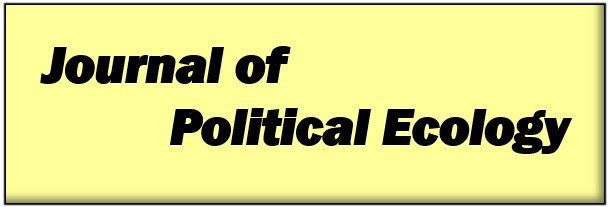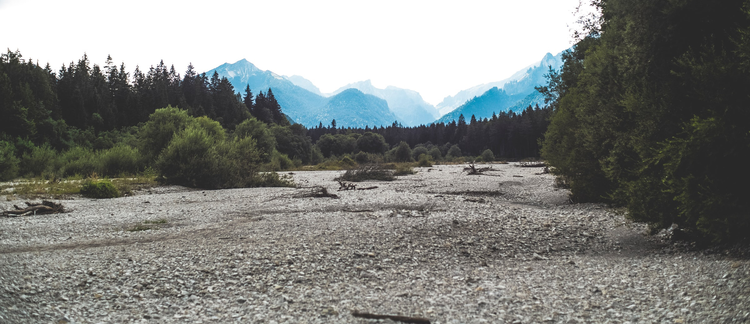Abstract
The 2018 London Illegal Wildlife Trade (IWT) Conference was the fourth and biggest meeting on IWT convened at the initiative of the UK Government. Using a collaborative event ethnography, we examine the Conference as a site where key actors defined the problem of IWT as one of serious crime that needs to be addressed as such. We ask (a) how was IWT framed as serious crime, (b) how was this framing mobilized to promote particular policy responses, and (c) how did the framing and suggested responses reflect the privileging of elite voices? Answering these questions demonstrates the expanding ways in which thinking related to crime and policing are an increasingly forceful dynamic shaping conservation-related policy at the global level. We argue that the conservation-crime convergence on display at the 2018 London IWT Conference is characteristic of a conservation policy landscape that increasingly promotes and privileges responses to IWT that are based on legal and judicial reform, criminal investigations, intelligence gathering, and law enforcement technologies. Marginalized are those voices that seek to address the underlying drivers of IWT by promoting solutions rooted in sustainable livelihoods in source countries and global demand reduction. We suggest that political ecology of conservation and environmental crime would benefit from greater engagement with critical criminology, a discipline that critically interrogates the uneven power dynamics that shape ideas of crime, criminality, how they are politicized, and how they frame policy decisions. This would add further conceptual rigor to political ecological work that deconstructs conservation and environmental crime.
Keywords: criminology, event ethnography, crime, conservation, poaching, illegal wildlife trade
How to Cite:
Massé, F., Dickinson, H., Margulies, J., Joanny, L., Lappe-Osthege, T. & Duffy, R., (2020) “Conservation and crime convergence? Situating the 2018 London Illegal Wildlife Trade Conference”, Journal of Political Ecology 27(1), 23-42. doi: https://doi.org/10.2458/v27i1.23543
Downloads:
Download PDF
View PDF
3798 Views
1383 Downloads

